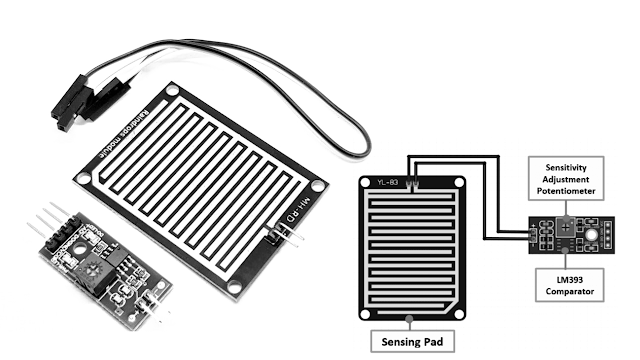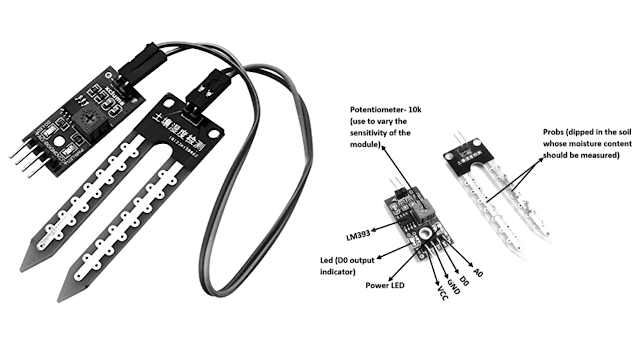Instrumentation Technician MCQ Question
Instrumentation Technician MCQ All valves cause some degree of flow loss due to friction even in the full-open position. Which type of valve causes the greatest reduction in flow even when the valve is open? a. globe b. gate c. plug valve d. swing check valve Ans. A (globe) Which one of the following is the correct instrument required to measure a low magnitude high frequency current? a. induction b. thermocouple c. moving iron d. dynamometer Ans. B (thermocouple) Which procedure will correct the occasional discharge from a reduced pressure principle backflow preventer when the water pressure fluctuates? a. Install a swing check valve downstream of the RP. b. Install a swing check valve upstream of the RP. c. Put in a stronger check valve spring upstream of the RP. d. Restrict the water flow to the RP by using a globe valve. Ans. B (Install a swing check valve upstream of the RP.) What will need to be done on a level control system using a capacitance probe as the sensor, if the proc







